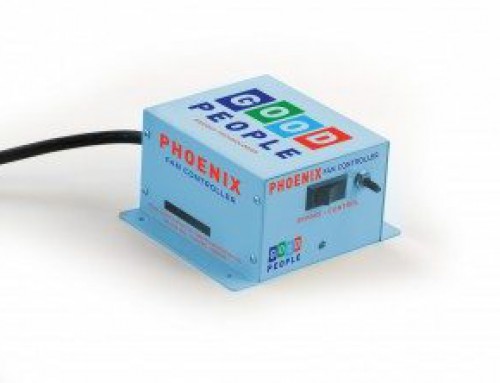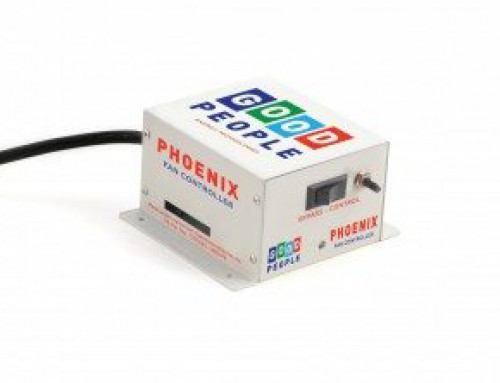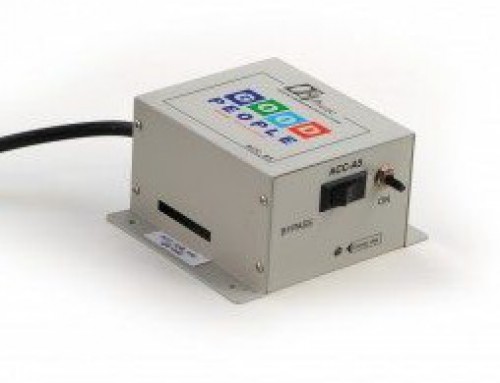It is pretty easy to get overwhelmed by trademarks, patents, copyrights, and trade secrets. The laws for each one are complicated. They are a fairly nuanced combination of statues, regulatory rules and agencies, bizarre legal documents (just sit down and read a patent sometime if you don’t believe me), and court decisions. On top of that, they are addressed to human creativity and constantly evolving technology. This might seem like it leaves the entrepreneur or executive in a tight spot unless they have infinite resources to spend on IP attorneys. But it doesn’t really because of one very important fact.
Intellectual property is still controlled by contract. The same tool you use to structure your relationships with suppliers, customers, and employees, will also work to handle most of your intellectual property issues. And there are just three major contract concepts that you need to understand to be able to control the vast majority of your intellectual property issue.
1. Licenses for Use.
You may be familiar with contracts that focus on intellectual property use, commonly called Licenses. One big idea in intellectual property is that the owner has the right to control most uses of their IP, whether it is a trademark, patent, copyright, or trade secret. It follows that there must be a tool to grant other people limited rights to use IP. These contracts are called licenses and you deal with them all the time. Most common are the software licenses (or End User License Agreements-EULAs) that you acknowledge every time you install some software, whether it’s Microsoft Office, Adobe Acrobat, or Quickbooks. But licensing terms can appear in any sort of agreement.
You can use licenses and licensing terms to embed control of your IP in all of your business dealings. You can license part or all of your IP, for a short time or long, for limited uses or any use, on an exclusive basis or to many different people. The flexibility of contract generally allows you to use your IP however you want.
2. Assignment of Ownership.
But before you even get to licensing people to do (or not do) certain things with your intellectual property, it is a good idea to make sure you know who actually owns it. You generally own your IP simply by virtue of creating it (with the exception of patents, which do not exist without government registration).
It is often a good idea to include a statement about who owns what in a contract where IP is either changing hands or being developed. When IP is permanently changing owners it is called an Assignment. For example, you generally want your employees to execute assignments transferring ownership of any IP they create in your business to your business.
3. Indemnification for Risk.
The other major use of contracts to govern intellectual property relates to liability. Two parties can decide who will bear the risks and costs of securing licenses from others or accidentally infringing someone else’s IP. Of course, no one really wants this responsibility, but allocating this burden by contract can be an important part of a business deal, especially when it comes to IP development. Unfortunately, two parties cannot contract away someone else’s IP rights, but they can agree to pay costs, manage defense, and take on other responsibilities related to an IP infringement action. These risk allocation terms often take the form of an IP Indemnification.
As a business owner, you generally do not need to understand all of the details and limitations of trademarks, patents, copyrights, and trade secrets. You can get by understanding how contracts control use, ownership, and risk. With a few key terms in your form agreements and the awareness to ask the right questions when negotiating new agreements, you can do a pretty good job controlling your IP. Getting the contracts right will also make things much easier for your IP attorneys when it comes time to register or enforce your IP.








Leave A Comment